In the home and building hardware industry, door hinges are a frequently overlooked yet crucial component. Whether it is an indoor door, an entrance door, a cabinet door, or a storage cabinet door, without a door hinge, the door cannot typically be opened, closed, or supported. With the continued expansion of the residential renovation market and consumers' growing attention to the home experience, choosing the right door hinges is a meaningful way to enhance space quality and living comfort.
According to the latest data from the National Association of Home Builders, the residential renovation market is expected to reach approximately $500 billion by 2024, with growth rates for door, window, and hardware replacement products significantly higher than the overall average (source: nahb.org). Meanwhile, survey data from Home Innovation Research Lab shows that over 46% households replace their interior doors and related hardware accessories during the renovation process (source: homeinnovation.com). These trends clearly indicate that market demand and quality requirements for door hinges, as core hardware components, are increasing significantly.
1. The main application scenarios of door hinges
Door hinges are classified into various structures and types based on their installation location, door weight, and frequency of use. Currently, common hinges in homes and commercial buildings include:
Main application scenarios and characteristics of hinge types
Butt Hing (hinged) interior doors, bedroom doors, and office doors are classic and durable, with mature installation
Concealed hinge kitchen cabinets, wardrobes, and bathroom cabinets are aesthetically pleasing without any exposed parts, and support angle adjustment
Spring Hinge (automatic rebound hinge) garage interior doors and commercial doors with automatic closing function, suitable for safety and fire doors
Continuous hinge (piano hinge) industrial doors and storage cabinets are fully supported, with a stable load-bearing capacity
According to Statista data, the sales growth of silent damping hinges and hidden hinges will increase by about 12% in 2023, far higher than that of ordinary hinges (source: Statista.com). This means that users are increasingly valuing silent, smooth, and seamless door opening and closing experiences.
2. Key parameters to focus on when selecting door hinges
1. Material affects service life and environmental applicability
Standard materials and their advantages and disadvantages:
Stainless Steel
Strong corrosion resistance, suitable for environments with high humidity or high salinity air, such as bathrooms, kitchens, coastal cities, etc.
Brass (brass)
Good appearance and texture, commonly used in residential buildings with a European design style, and relatively expensive.
Steel Coated
High cost-effectiveness, suitable for ordinary bedrooms and indoor doors.
Special recommendation: Stainless steel should be given priority in areas with strong sea breezes, salt spray, and other marine environments, such as Florida, the California coast, and the Texas Bay Area.
2. Size and load-bearing capacity determine safety and durability
Standard door hinge sizes in the market:
Recommended hinge size for door type
Indoor lightweight wooden door 3.5 inch x 3.5 inch
Ordinary indoor door 4 inches x 4 inches
Entrance door/solid wood door/heavy-duty door 4.5 inches x 4.5 inches or larger
Standard recommendation: A door should use at least three hinges.
If the door height exceeds 80 inches, consider using four or more hinges.
3. Surface coating affects appearance and antioxidant capacity
Current hot-selling surface treatment trends in the market:
Black Matte: The trend towards modern minimalist home decor is evident.
Brushed Nickel - versatile and adaptable to different environments
Antique Brass - Suitable for vintage and classic decoration styles
According to data from the Home Improvement Research Institute, sales of matte black hardware increased by 18% in 2023 (source: hiri.org).

3. Door hinge installation guide: complete process from measurement to debugging
If high-quality hinges are not installed properly, problems such as door sinking, stuttering, and abnormal noise may still occur. Therefore, installation accuracy is crucial.
Standard installation steps (taking a flat hinge as an example)
Determine the hinge position.
The top hinge is approximately 5 inches away from the upper edge of the door.
The distance between the bottom hinge and the door's lower edge is about 10 inches.
The central hinge is placed in the middle position between the two.
Pre-drilling to prevent wood cracking
Use a drill bit of the same diameter as the screw to create a guide hole.
First, fix the door leaf side, then fix the door frame side
Keep the door gap even and avoid any deviation.
Adjustment and lubrication
If the door does not slide smoothly, adjust the screw position slightly.
If there is a sound, professional door hinge lubricant can be used.
3D fine-tuning of hidden hinges
Hidden hinge support:
left-right adjustment
fore-and-aft adjustment
Up and down height adjustment
Ensuring a seamless fit between the storefront and the cabinet is a key adjustment step commonly used by cabinet installers.
4. The choice between DIY users and professional installations
According to a HomeAdvisor survey, approximately 38% households will replace their indoor door hinges themselves (source: homeadvisor.com).
But for:
entry door
Heavy-duty solid wood door
High frequency use or a safety-type door body
It is strongly recommended to use professional installers to ensure anti-theft, load-bearing safety, and long-term stability.
5. Industry Future Trends: Silent, Adjustable, Intelligent
With the popularization of the demand for improving the home experience:
Damping silent hinges will become mainstream.
An adjustable multi-angle hinge structure will further optimize installation efficiency.
Intelligent, closed safety hinges will become increasingly popular in high-end residences.
It is expected that within the next five years, the market share of high-end door hinges in home hardware will increase by more than 20% (source: marketwatch.com).

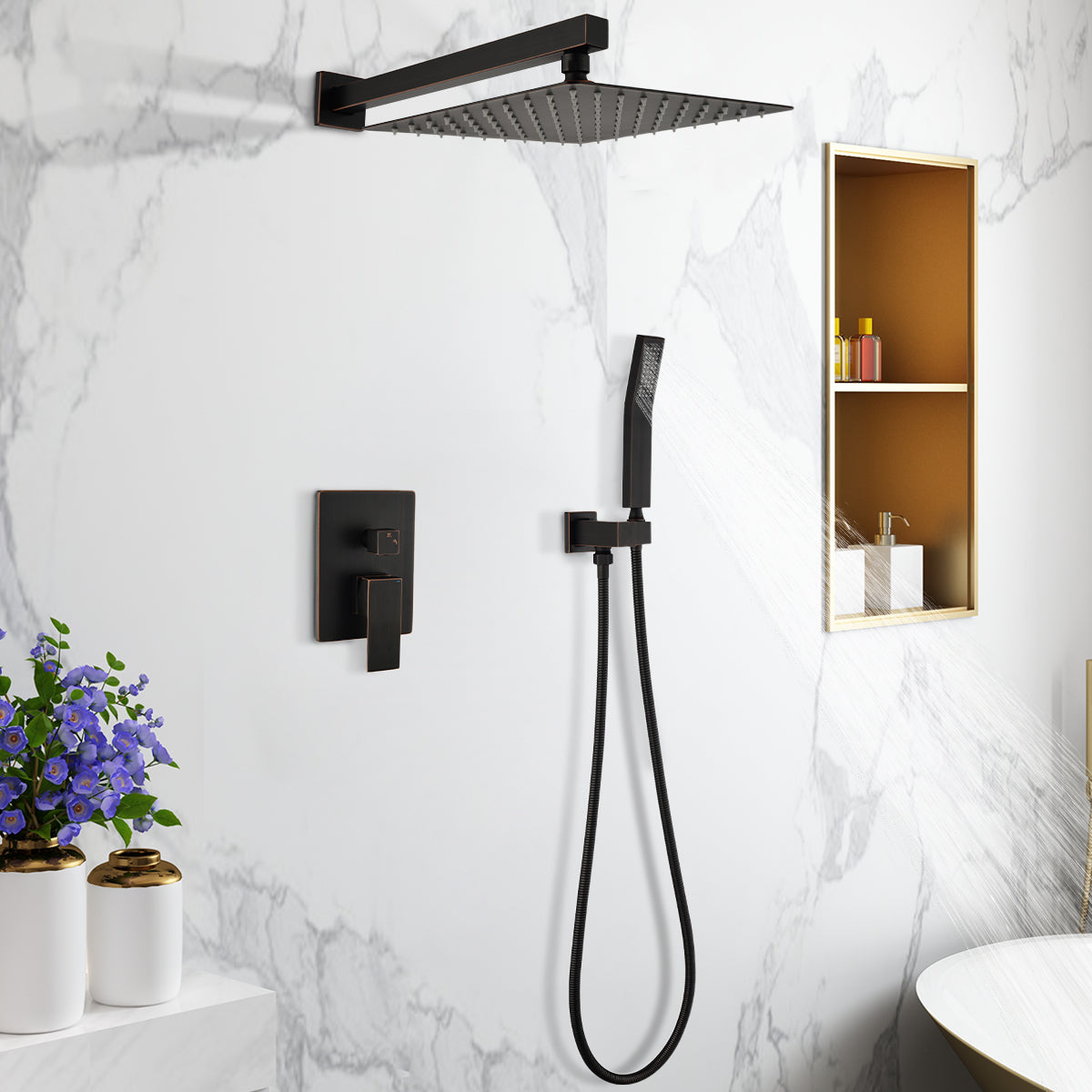






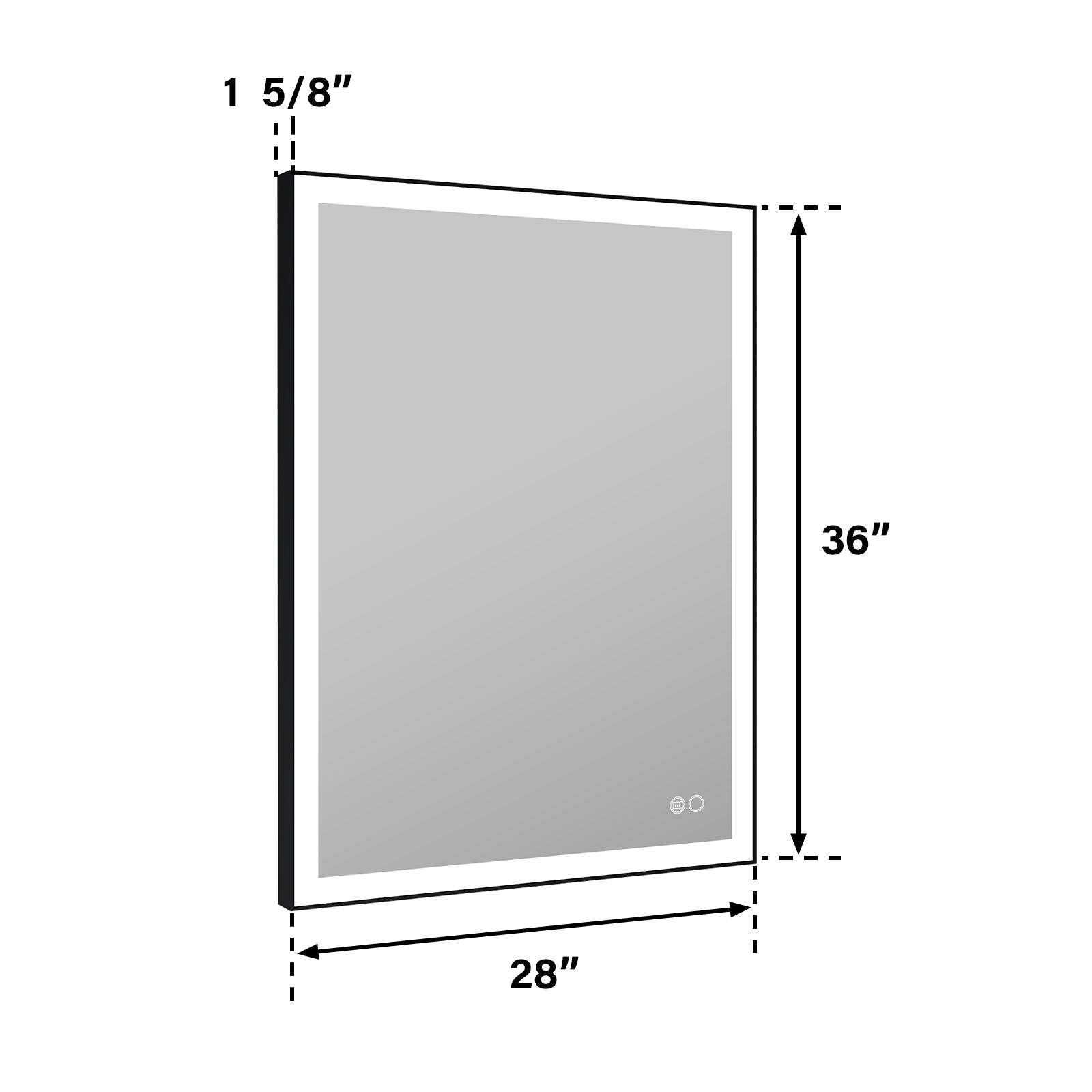



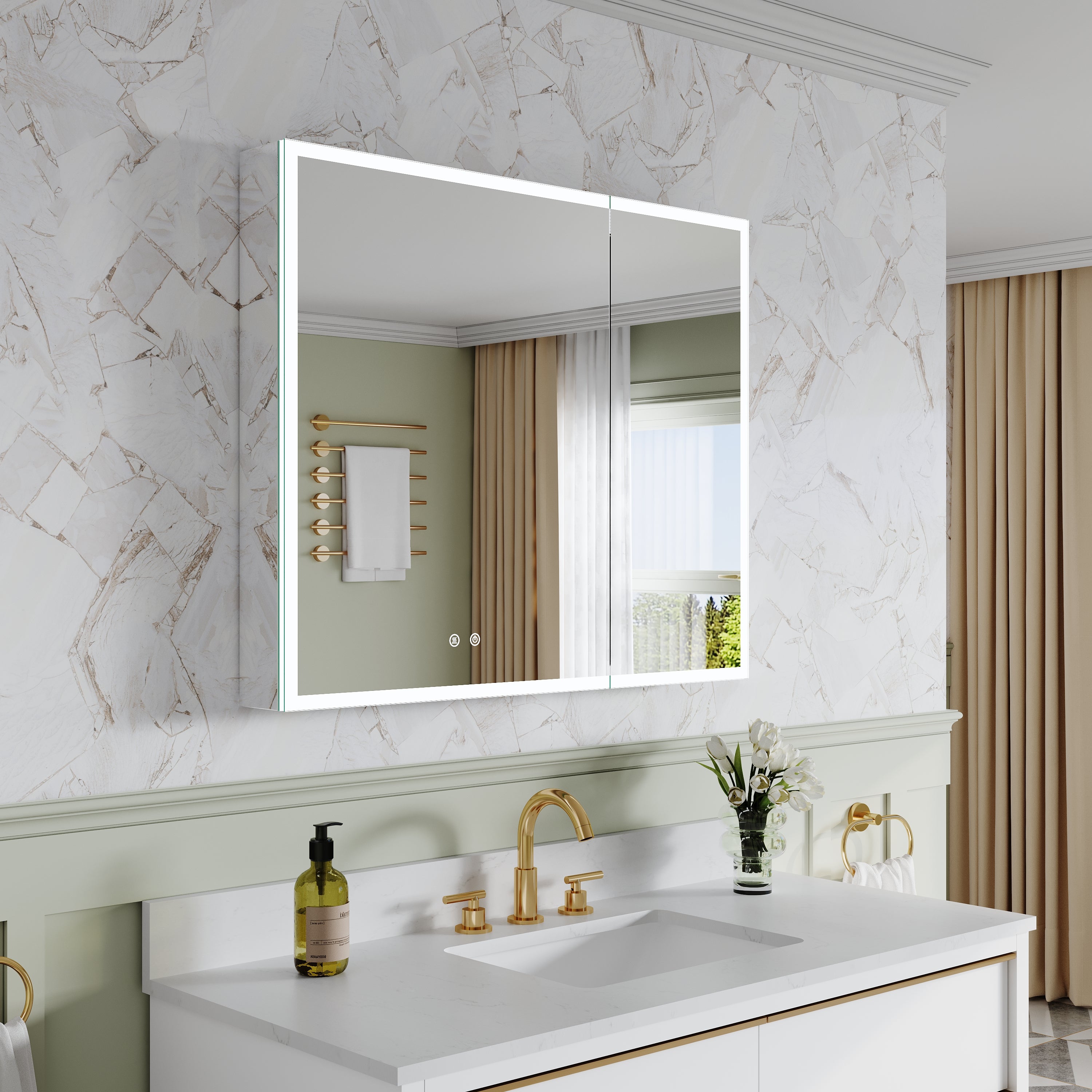
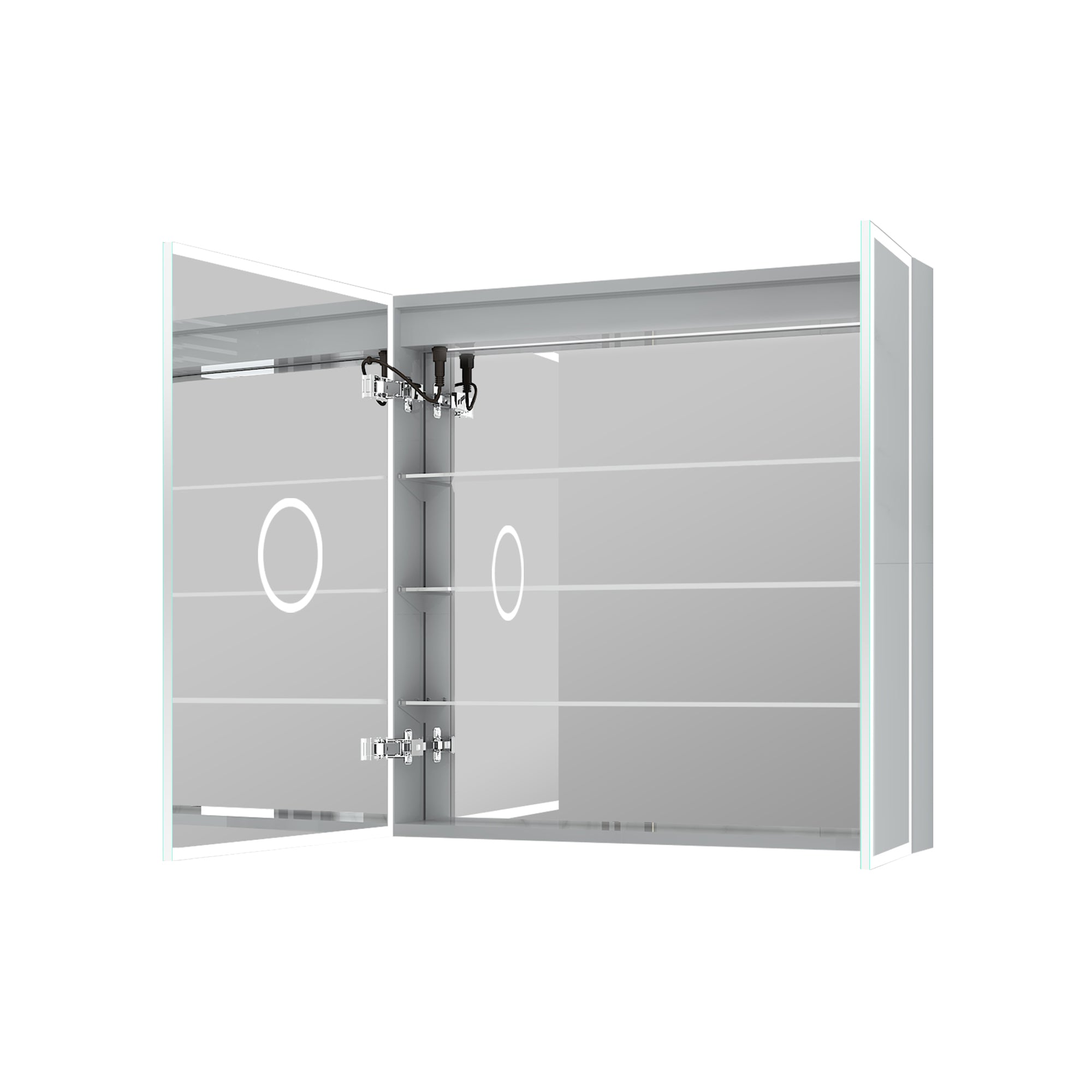
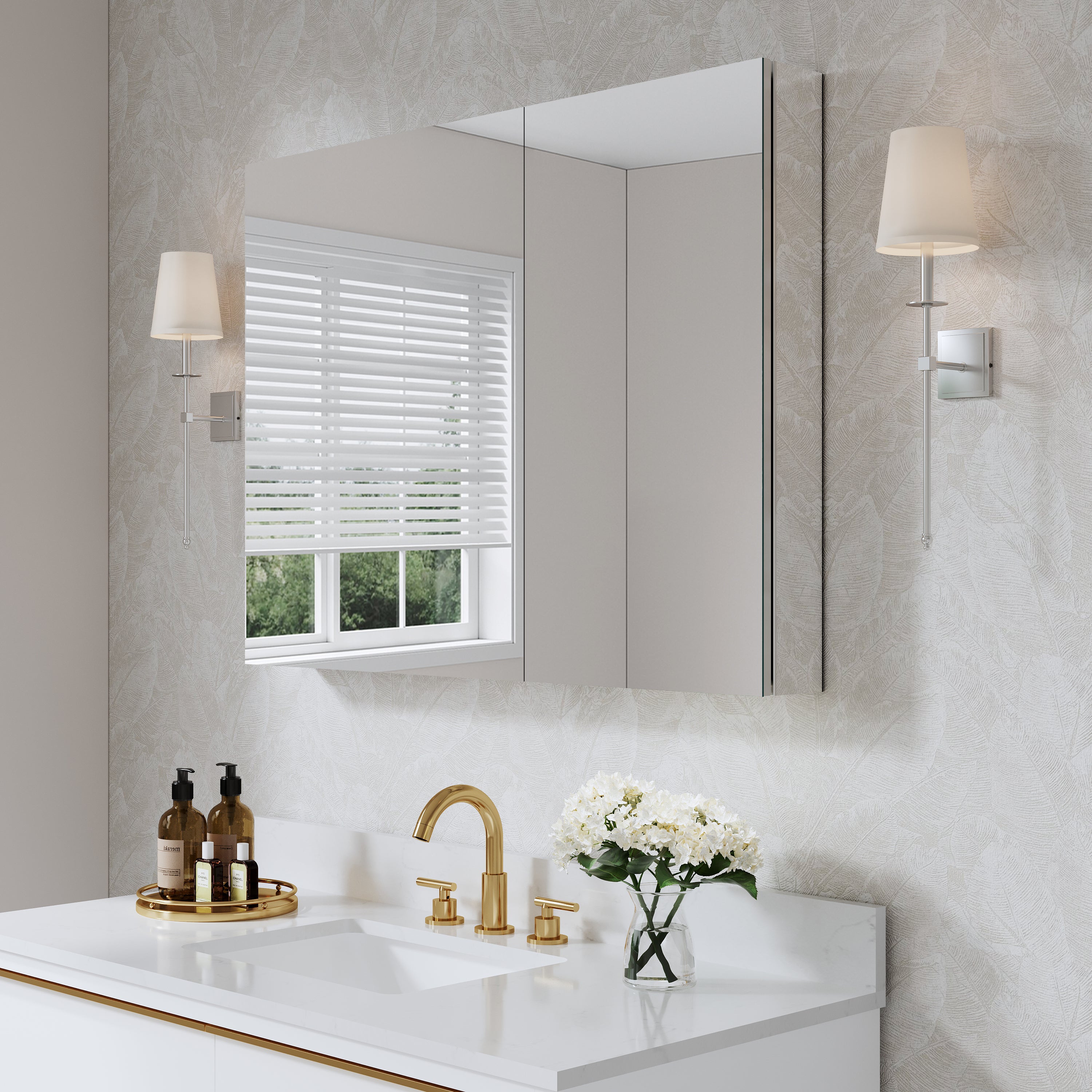

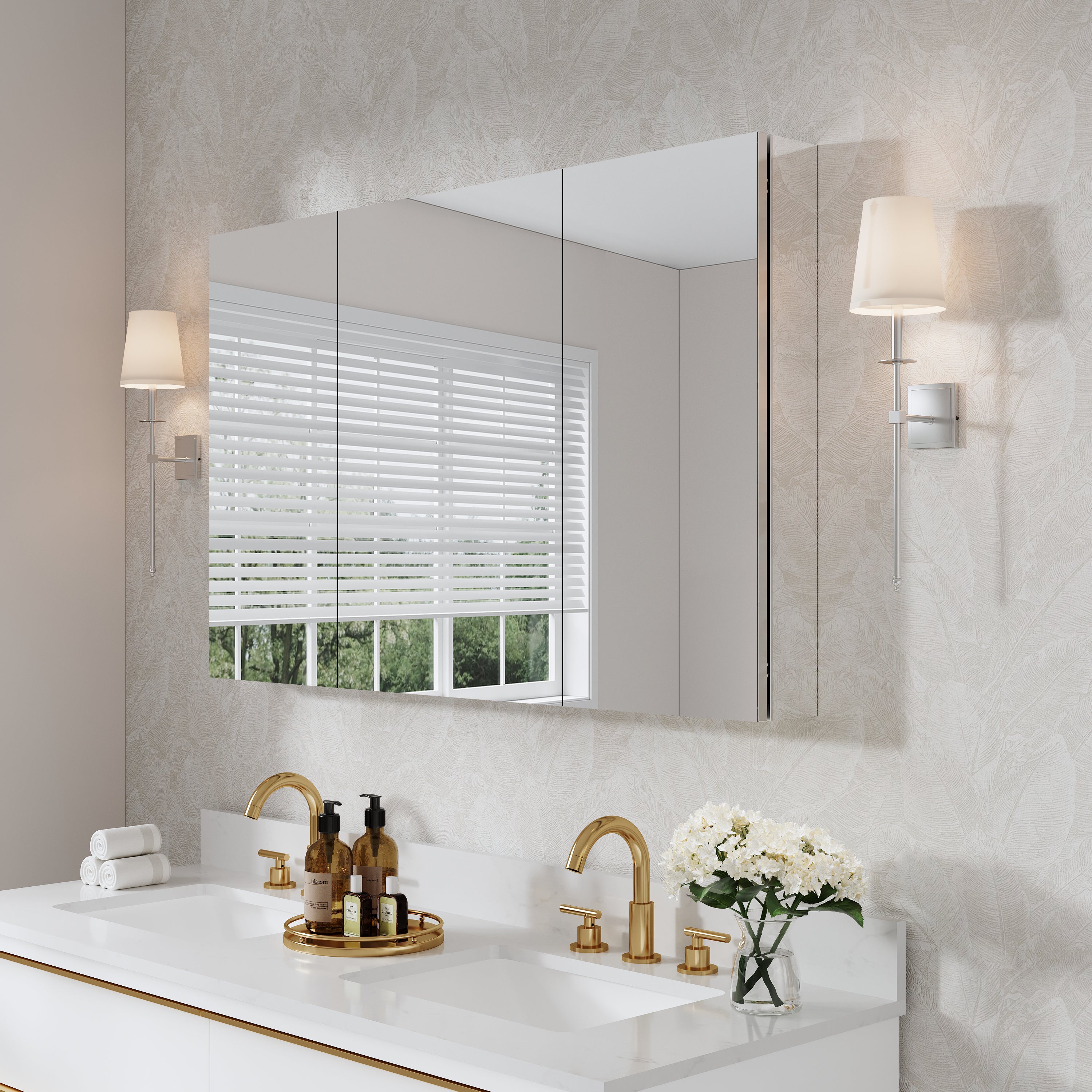
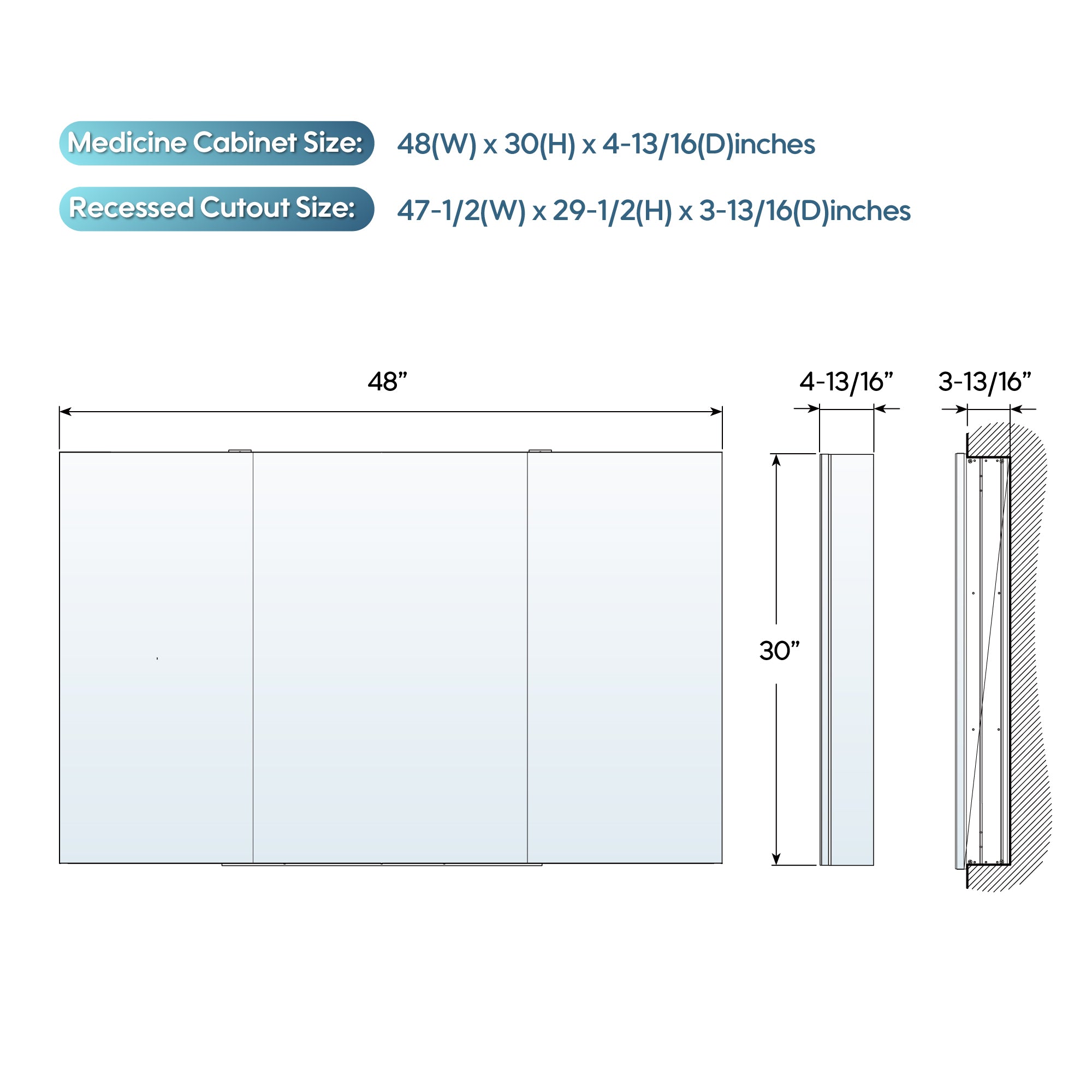

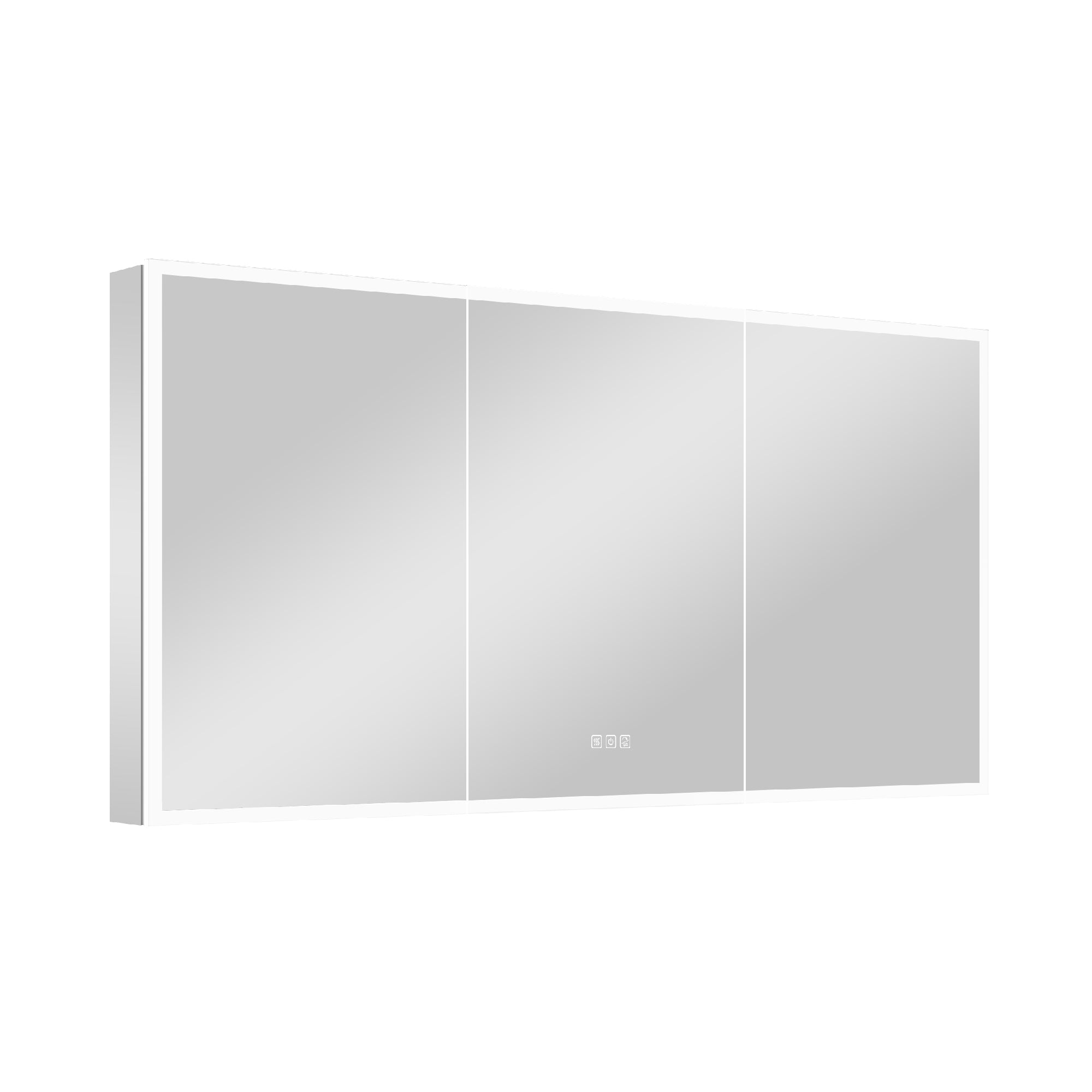
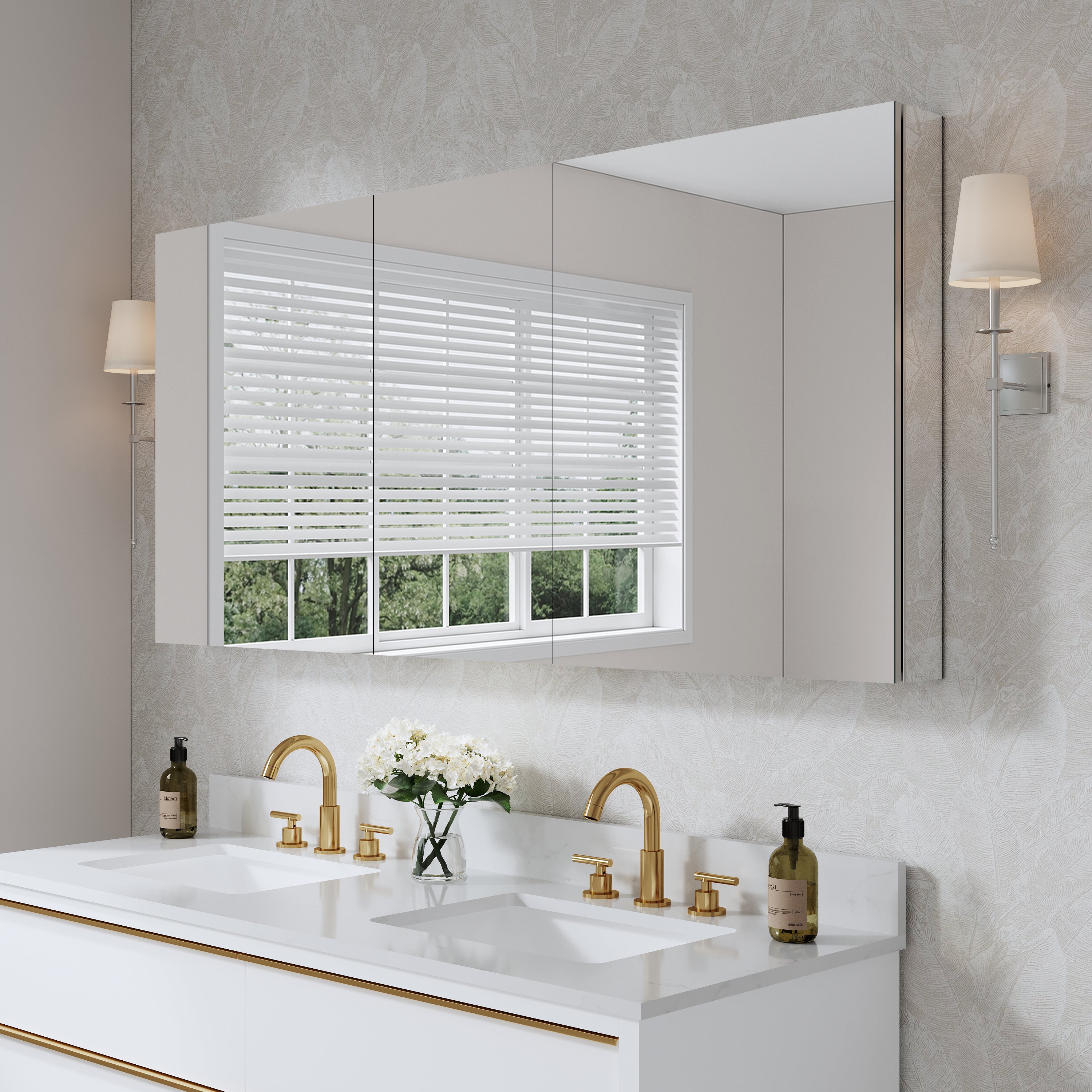




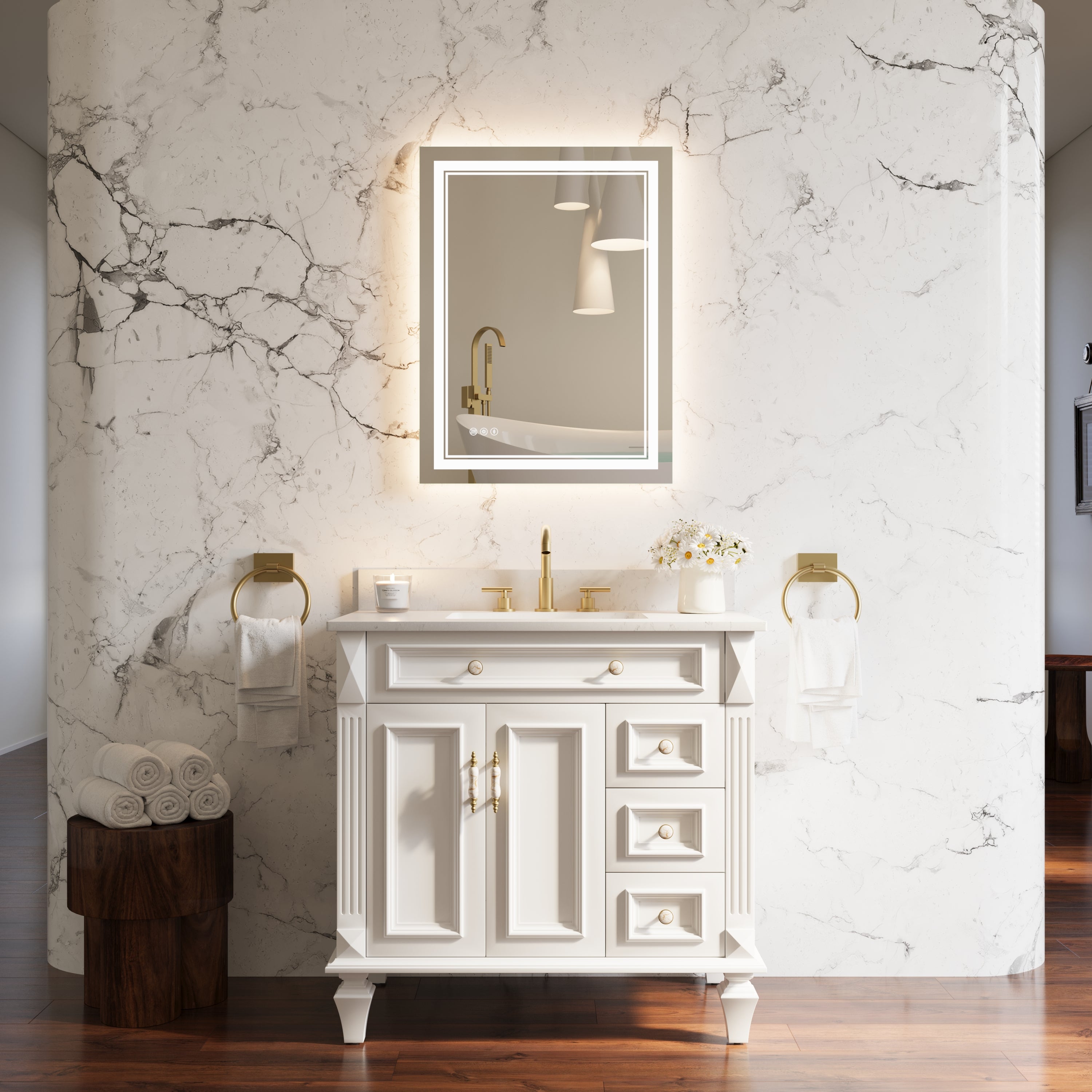
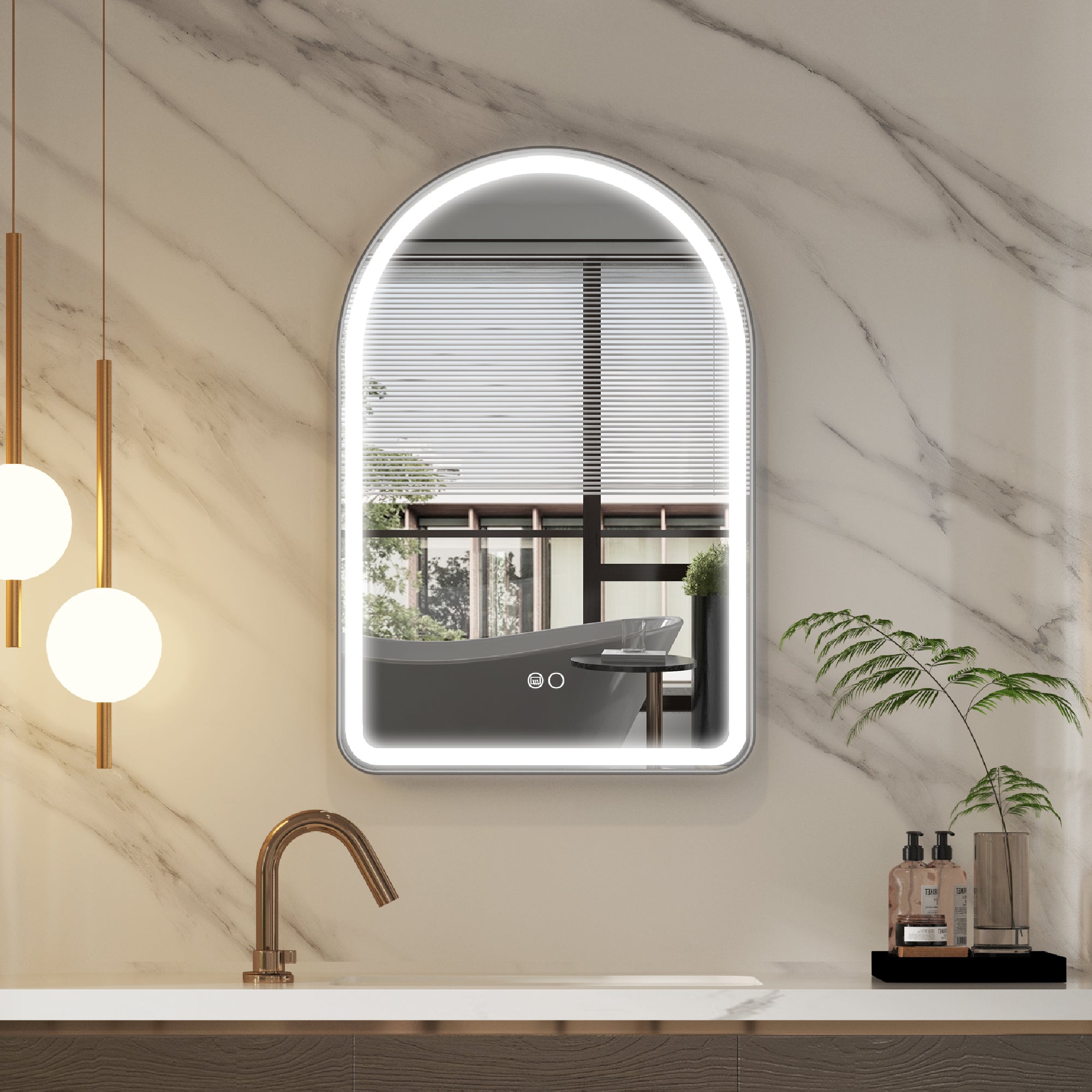
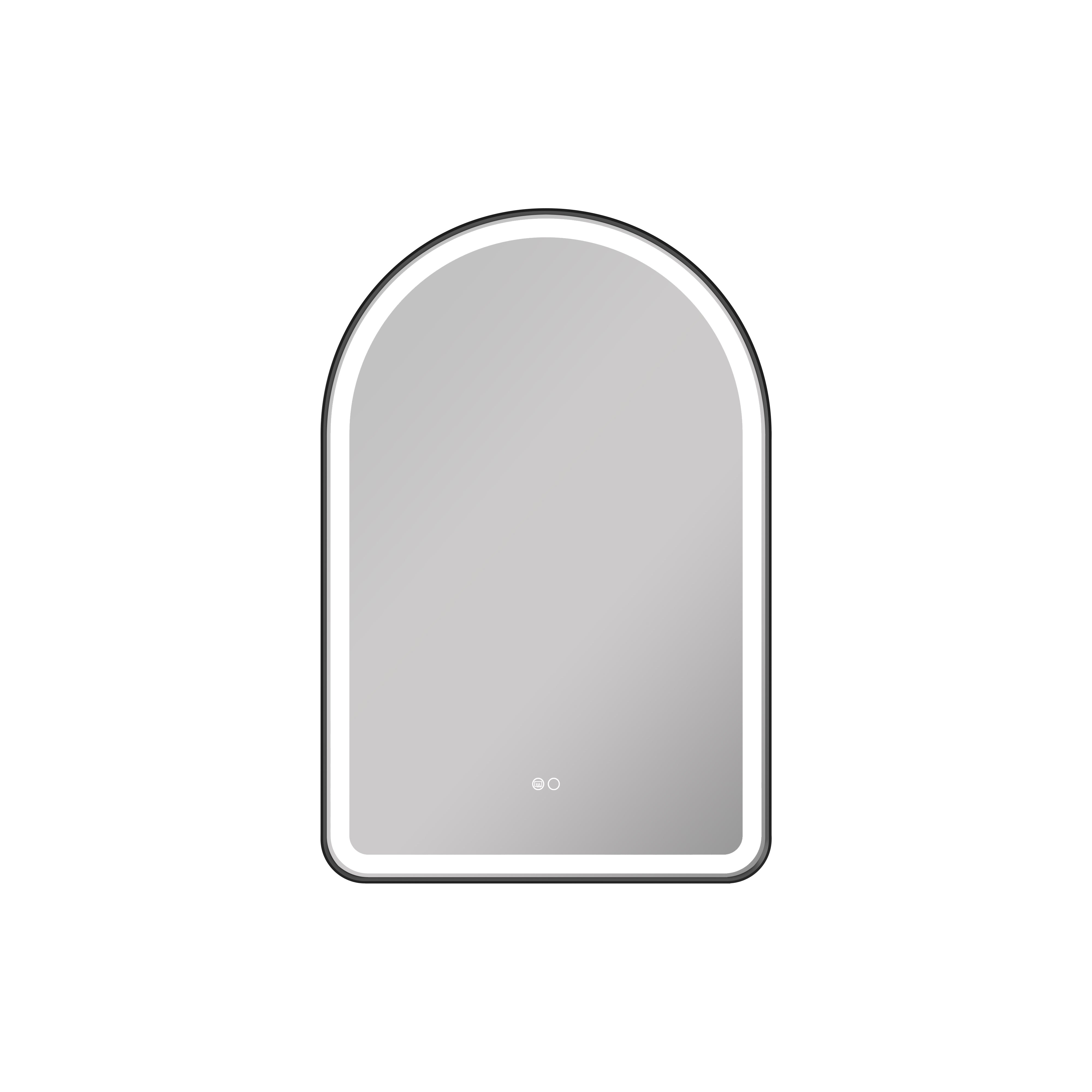

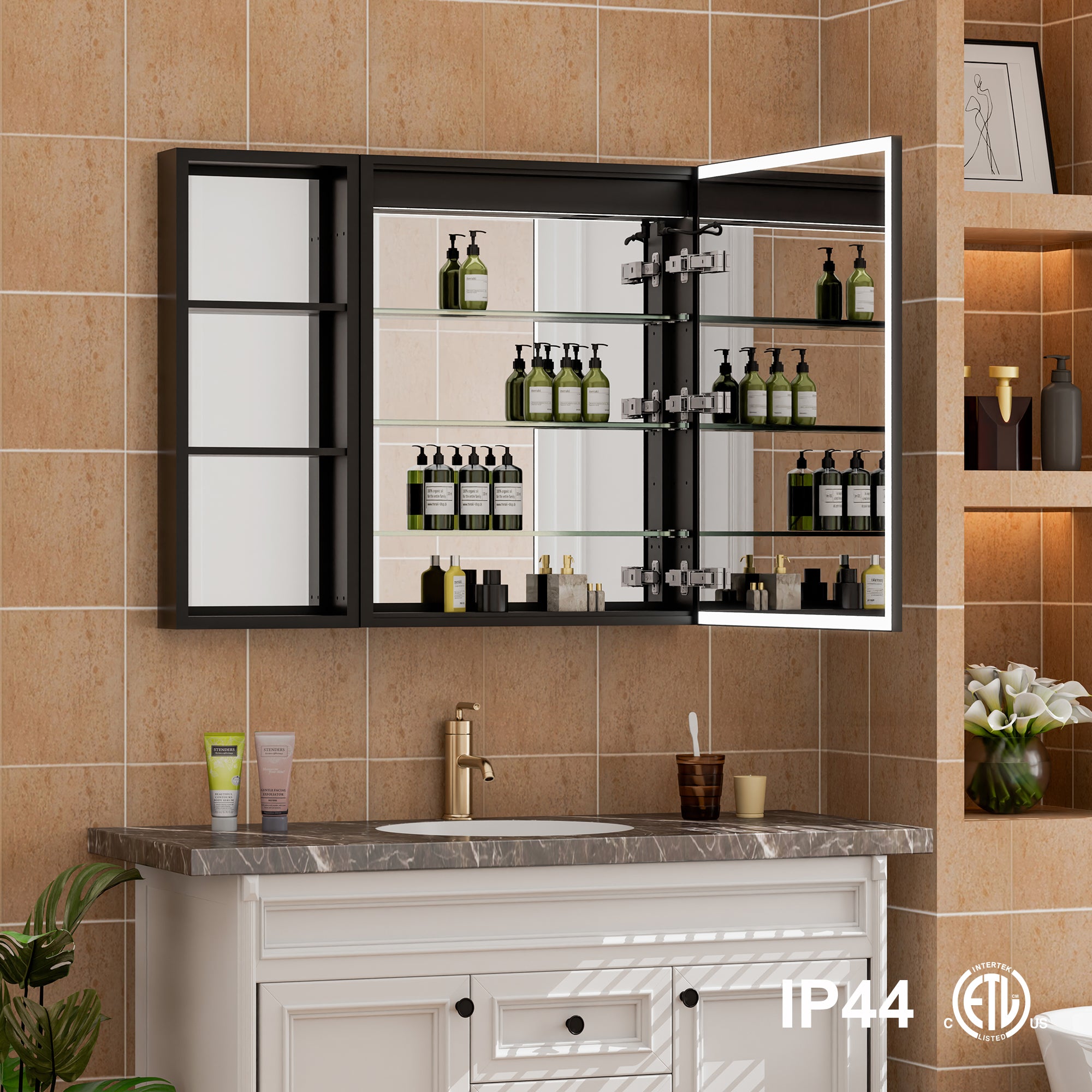
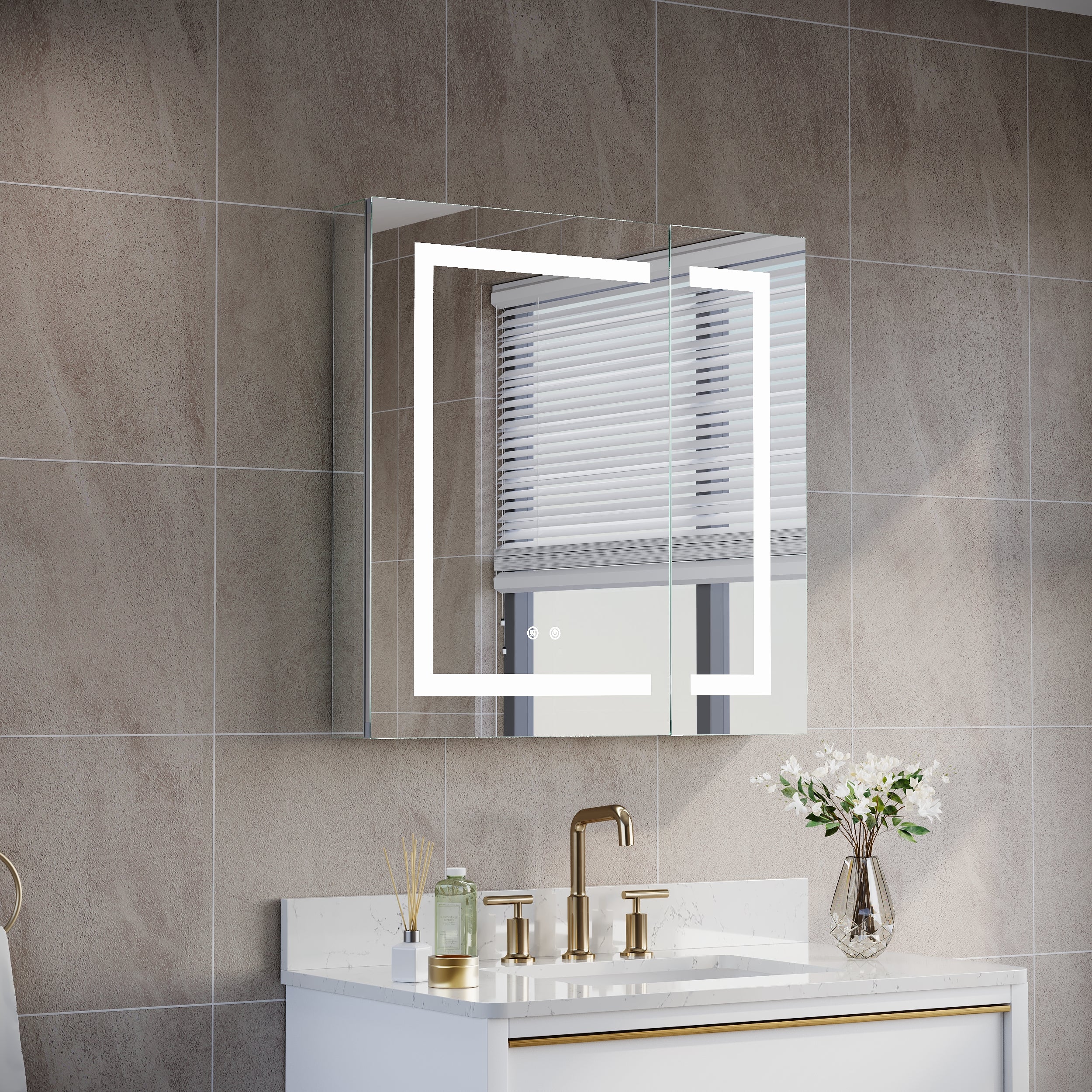
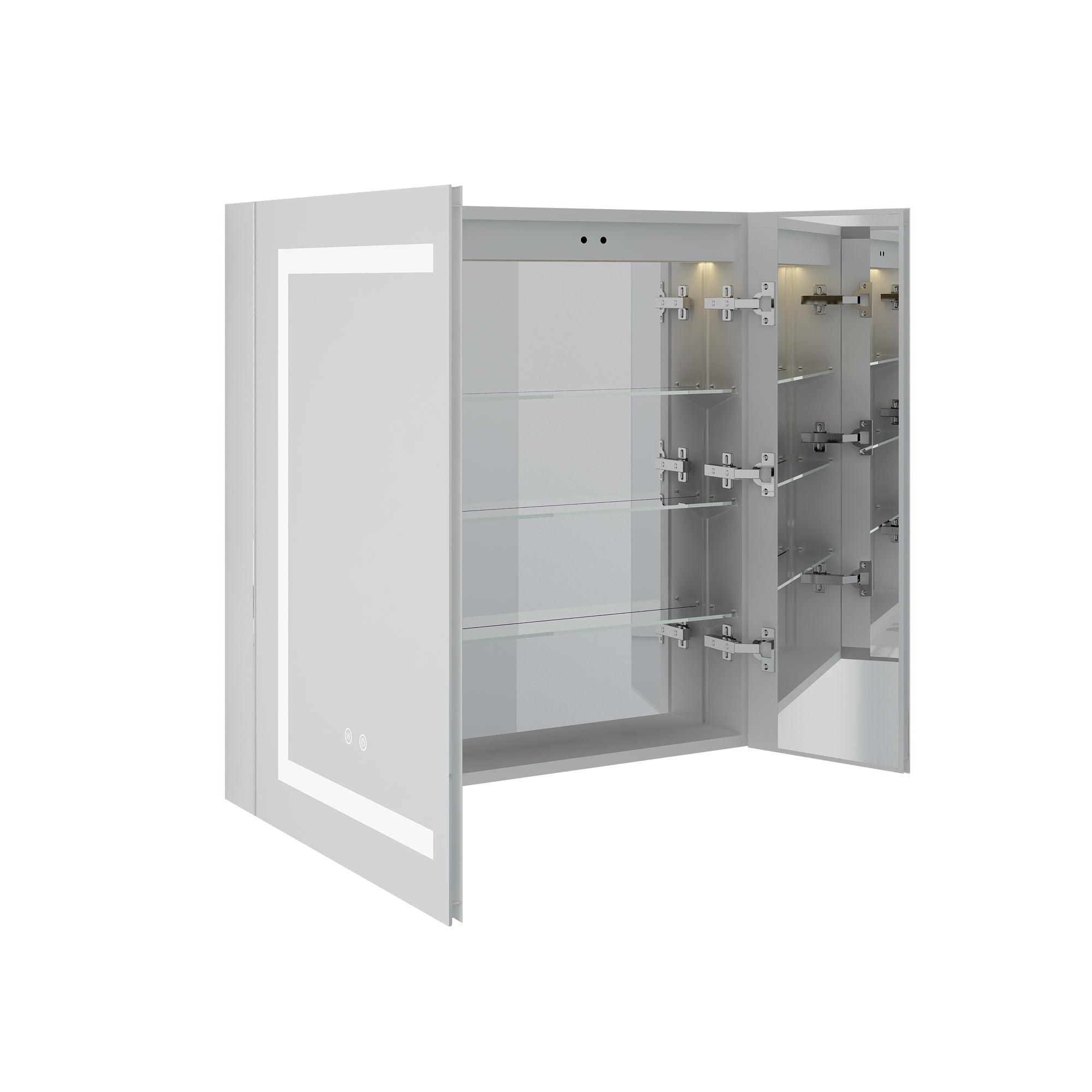
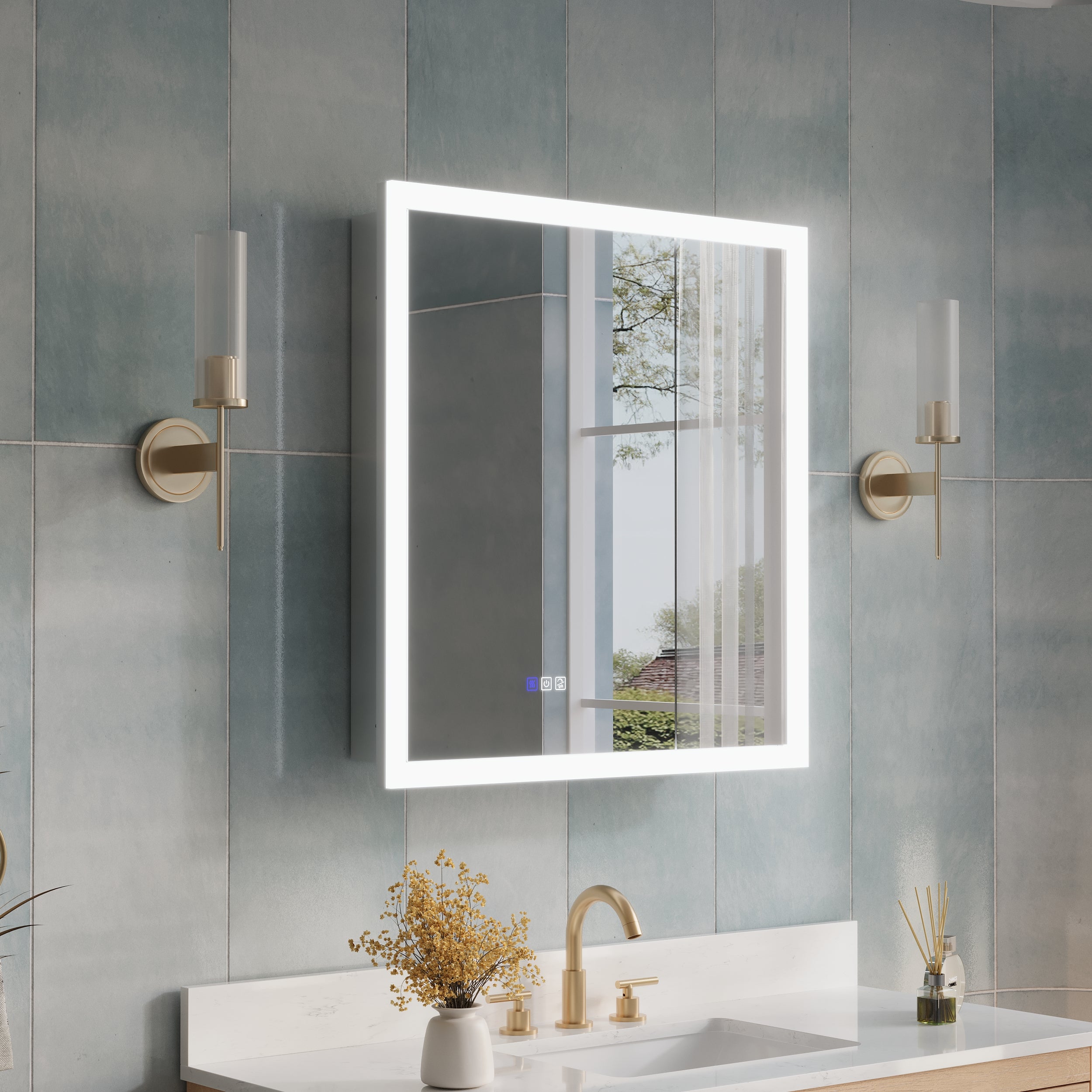
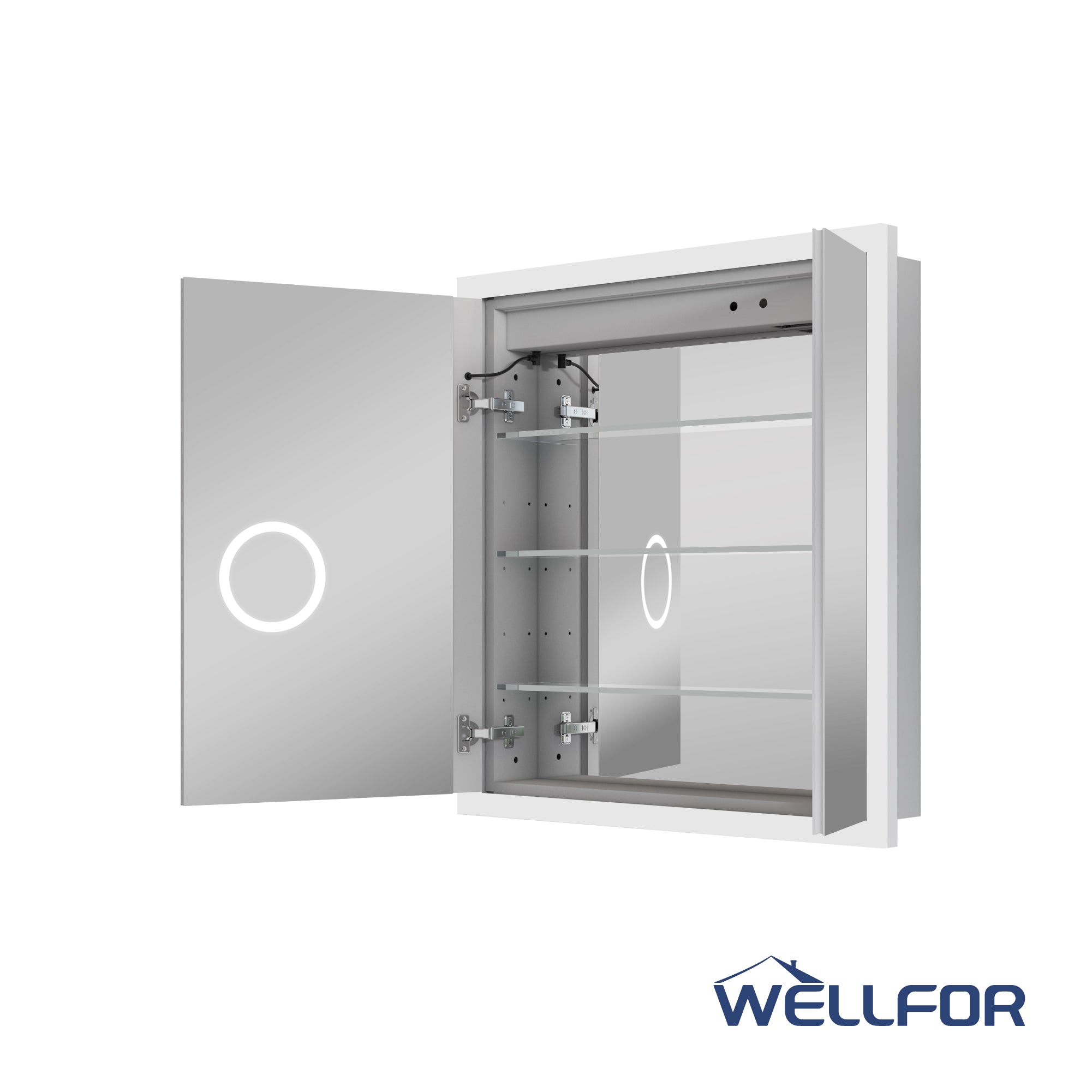
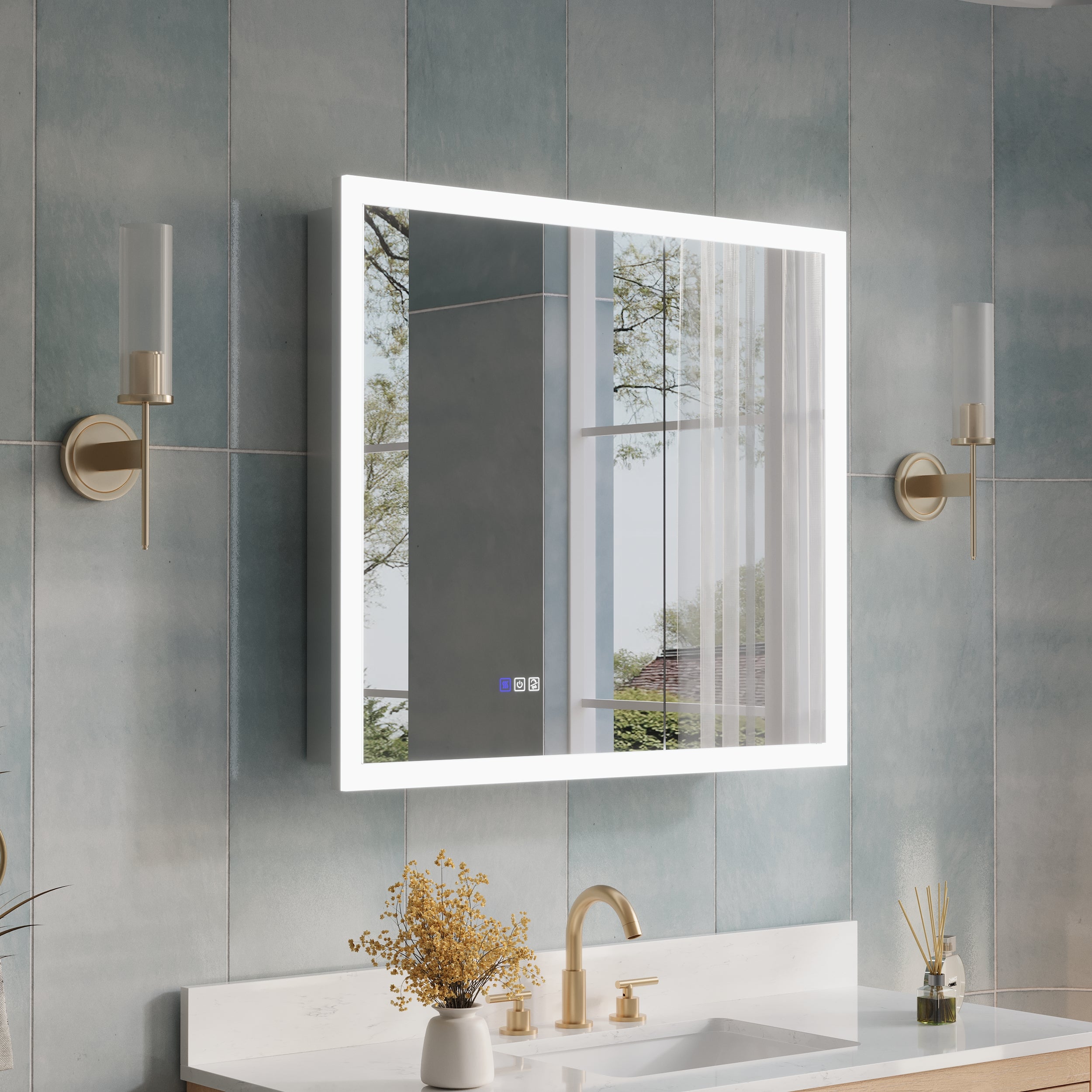

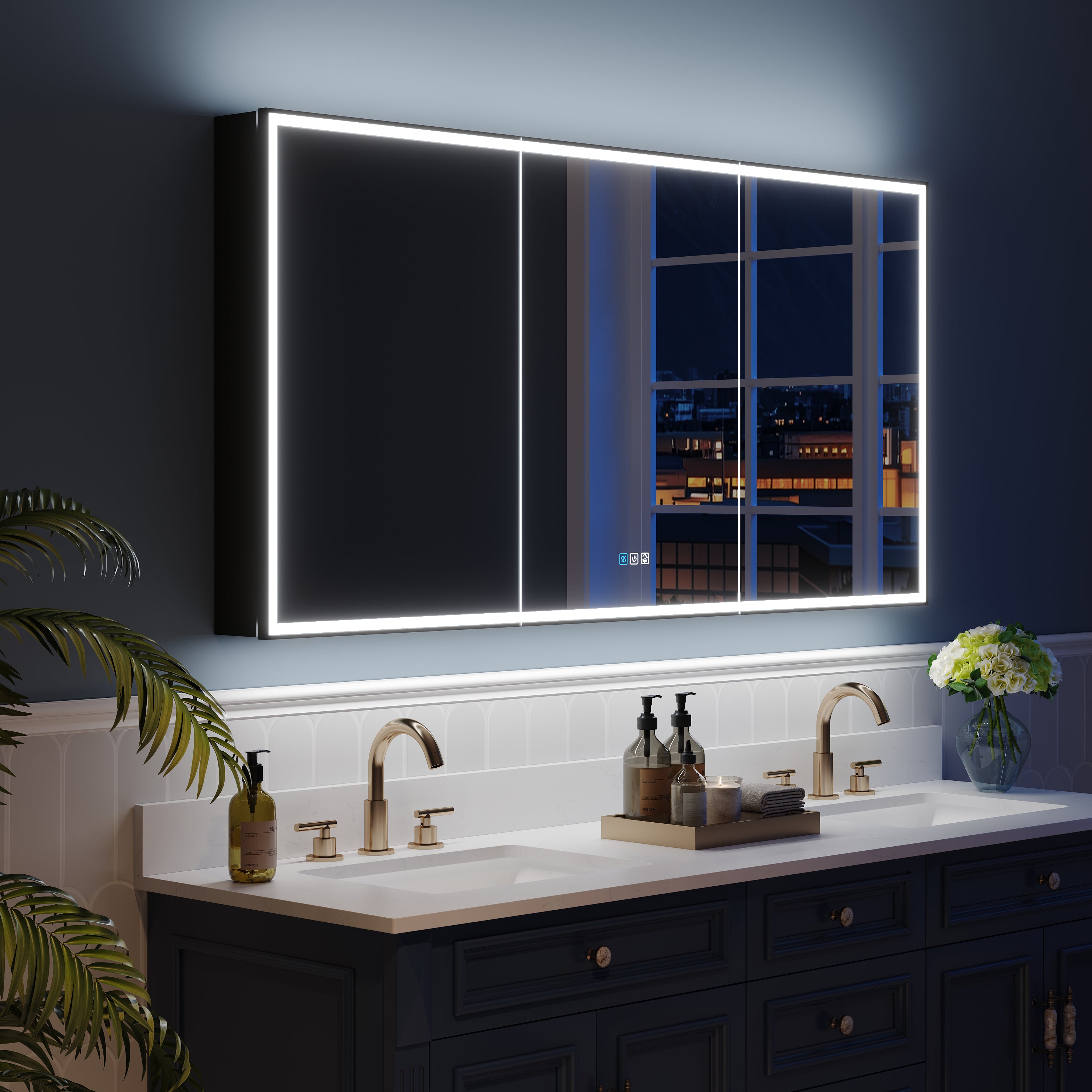
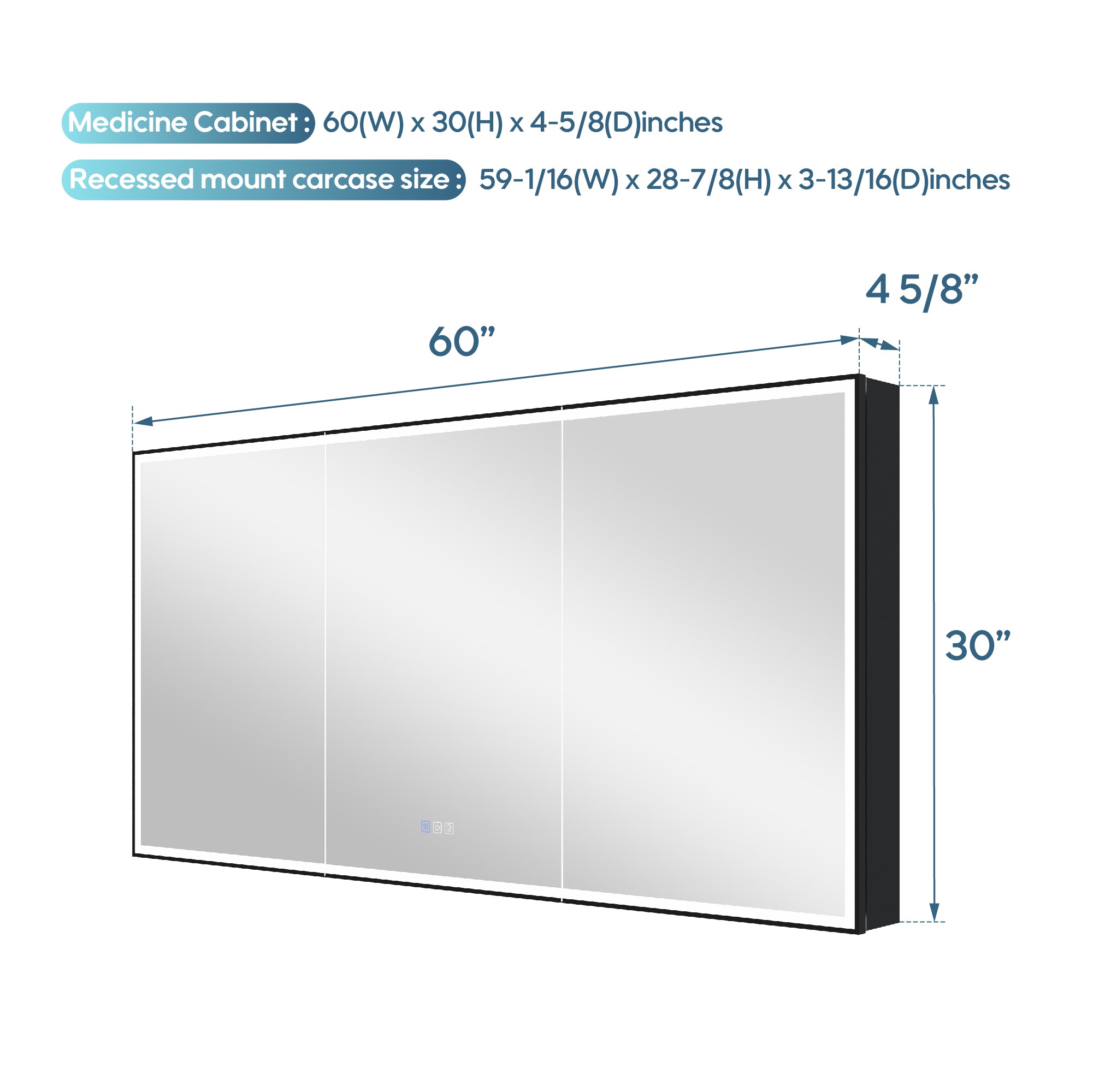
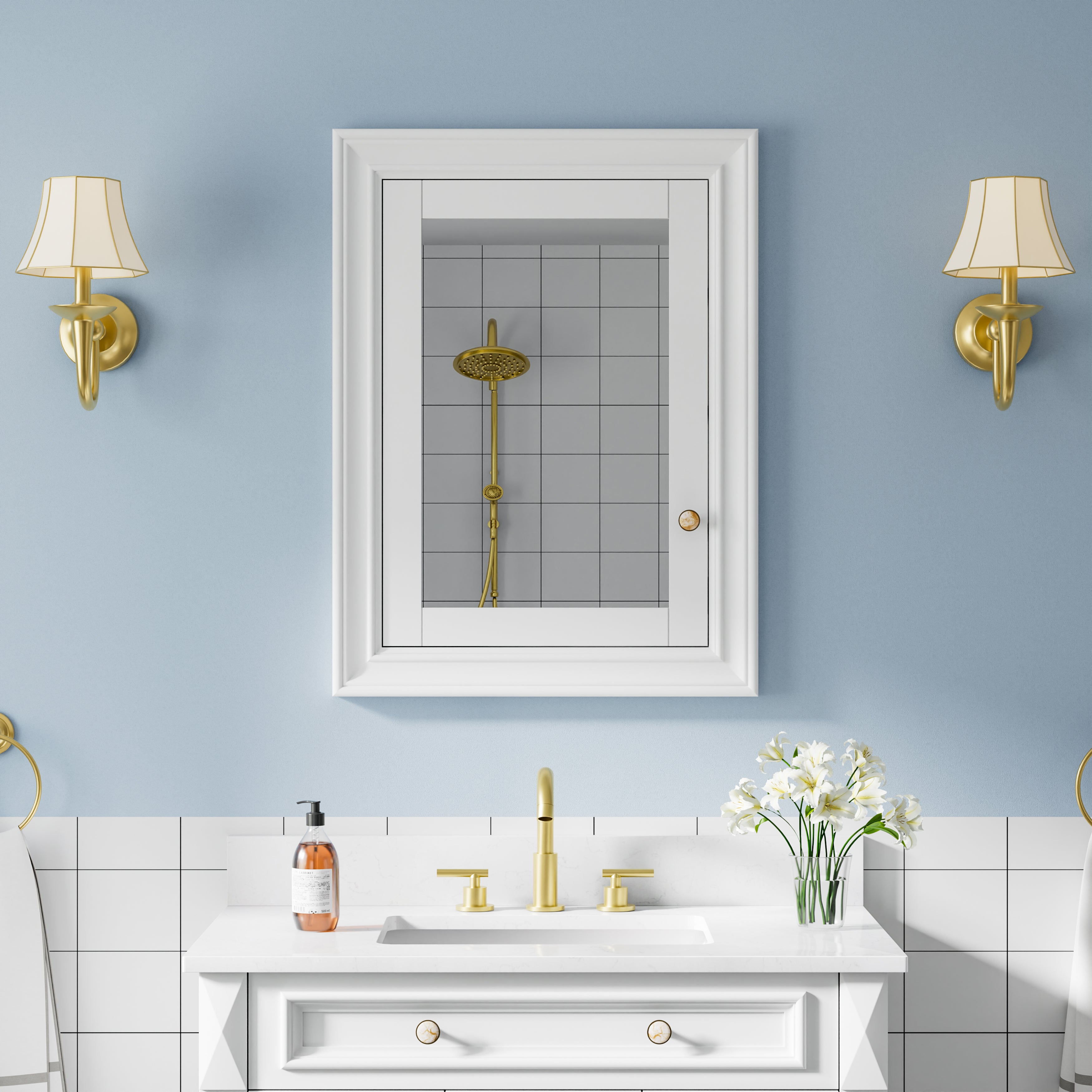


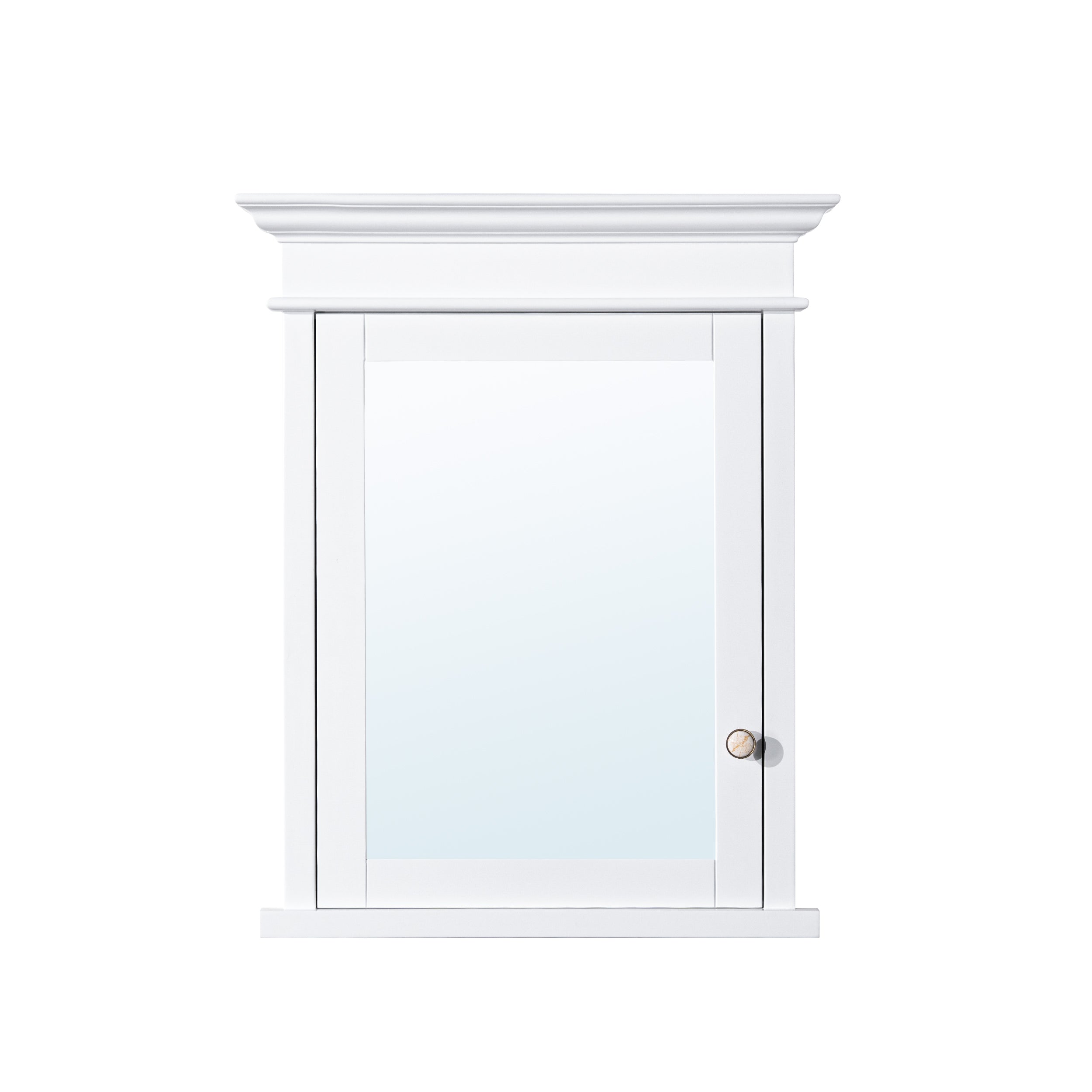

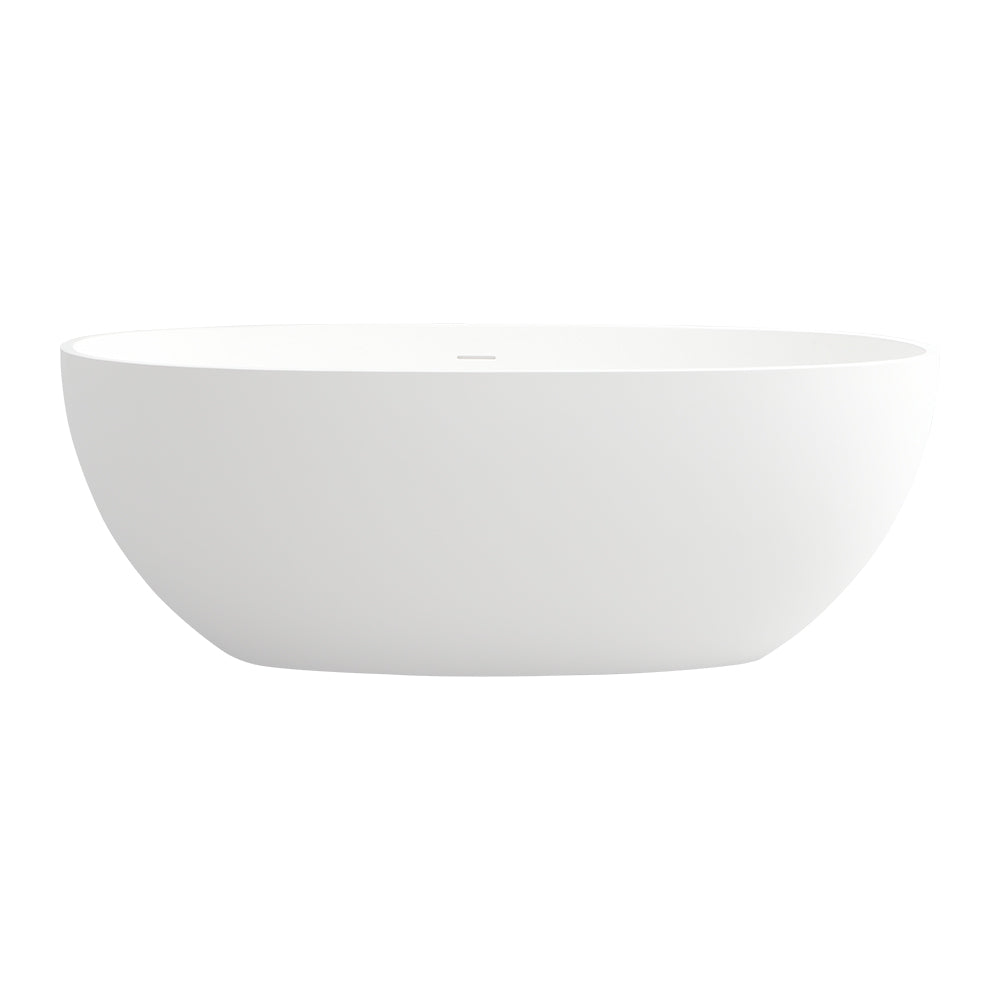


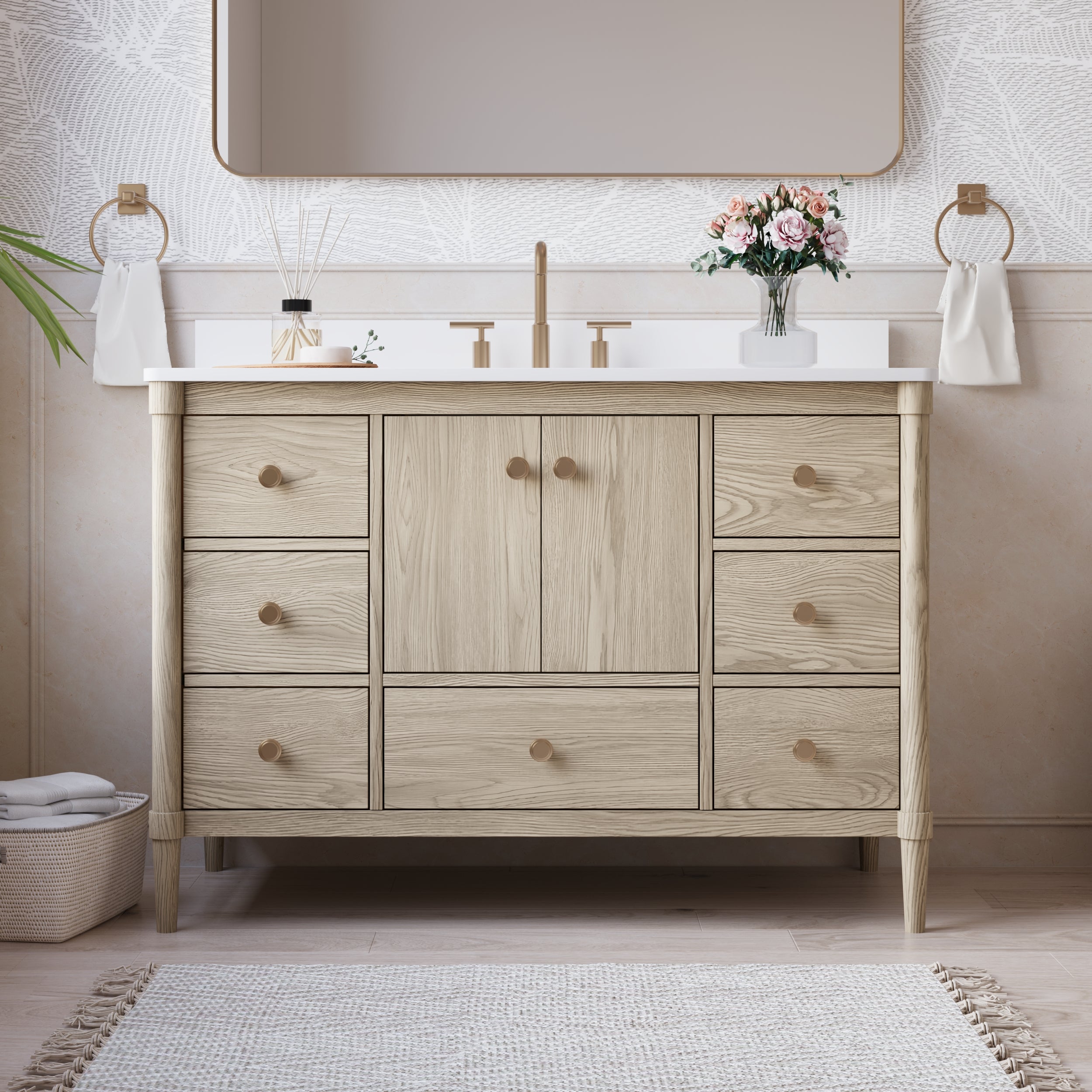
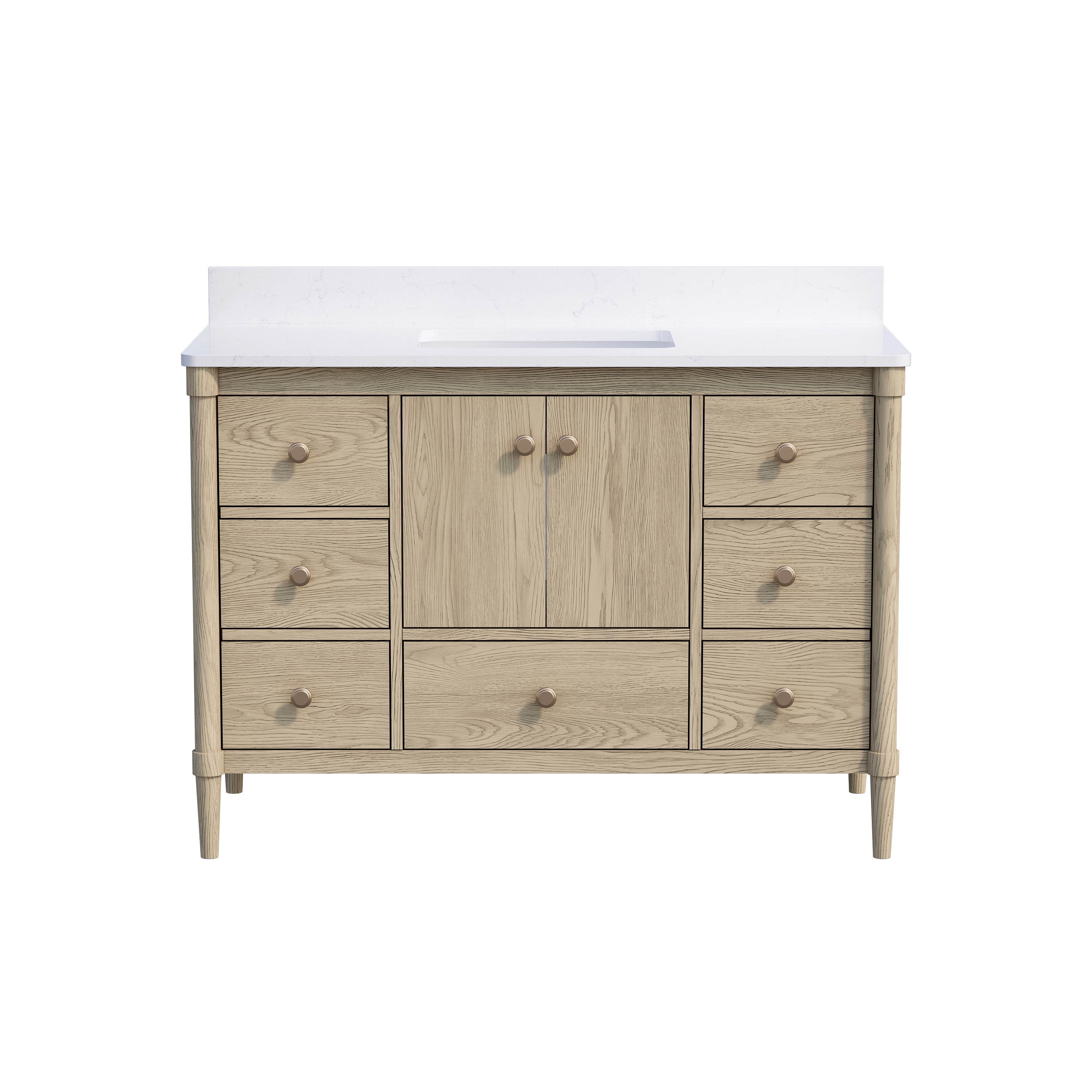
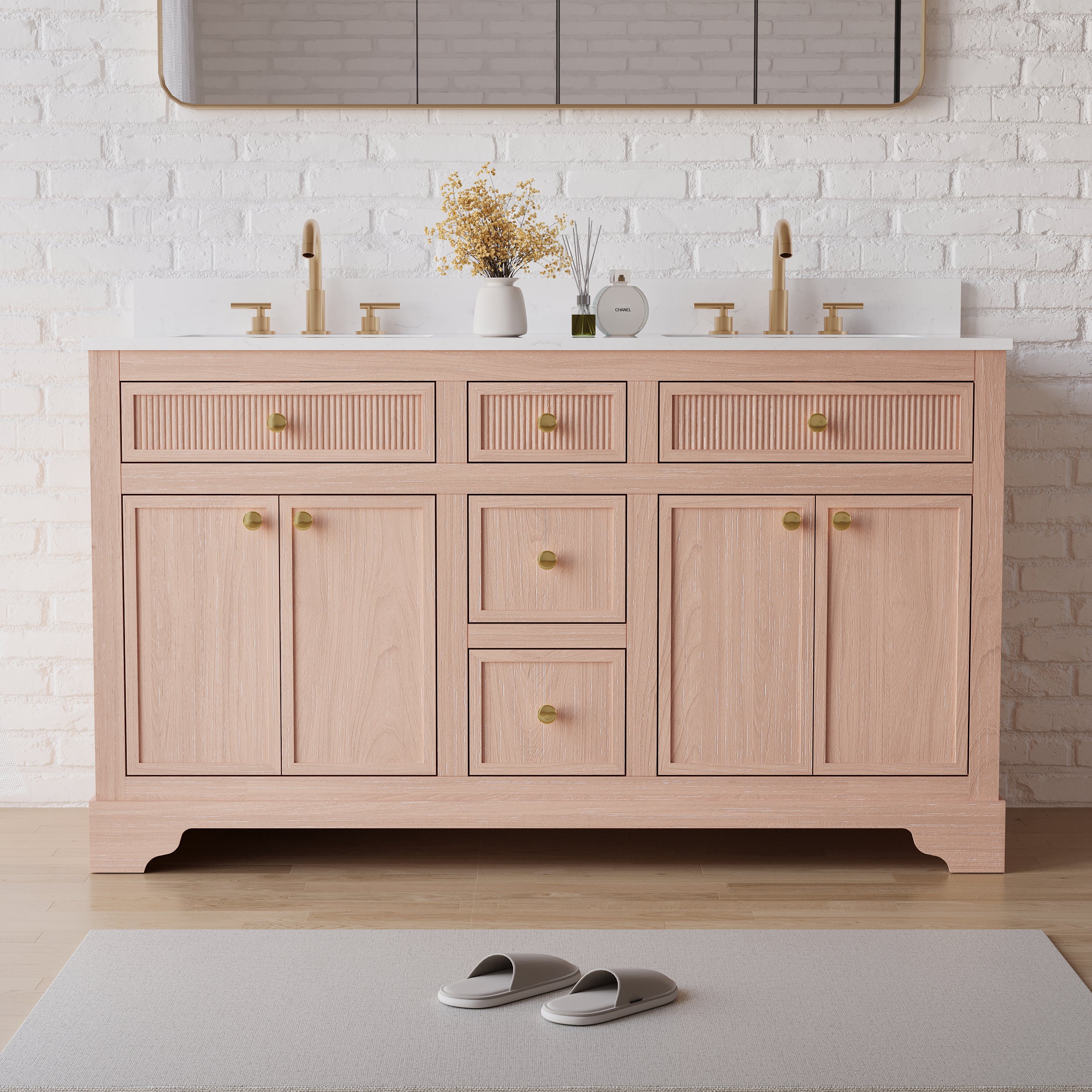



Leave a comment
This site is protected by hCaptcha and the hCaptcha Privacy Policy and Terms of Service apply.